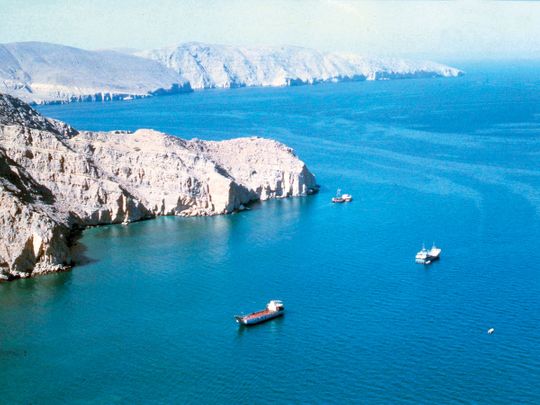
Vienna: Attention is once again focused on how close Iran could be to a nuclear weapon, after Tehran said it had started enriching uranium to a higher level than agreed in a 2015 nuclear deal abandoned by the US.
The move comes a week after it was confirmed that the country has also exceeded the deal’s limit on its stockpile of enriched uranium.
What does higher enrichment mean?
While Iran has always insisted its nuclear programme is peaceful, the 2015 Joint Comprehensive Plan of Action (JCPOA) froze the so-called “breakout time” Tehran would need to produce enough fissile material to make an atomic bomb to one year.
3.67 %
the level of uranium enrichment Iran was permitted to achieve under the 2015 Joint Comprehensive Plan of Action (JCPOA)One of the restrictions to achieve this meant that Iran was only permitted to enrich uranium to the level of 3.67 per cent — sufficient for power generation but far below the more than 90 per cent level required for a nuclear warhead.
Iran’s atomic energy organisation said on July 8 it had gone over the level of 4.5 per cent.
4.5 %
Iran’s atomic energy organisation said on July 8 it had gone over the level of 4.5 per cent.Iranian officials have hinted they may go up to five per cent, the level needed to produce fuel for Iran’s only nuclear power station at Bushehr.
While the differences in percentages may sound small, former IAEA inspector Robert Kelley said that once the 3.67 per cent cap was breached, enriching to higher purities becomes much easier because most of the effort is spent at the beginning of the process.
However, he told AFP that in his opinion “increasing from 3.67 per cent to five percent is virtual proof they are not working on a bomb”.
“It is insignificant... a poke in (US President Donald) Trump’s eye.”
What does stockpile limit breach mean?
On July 1 the UN nuclear watchdog, the International Atomic Energy Agency (IAEA), confirmed that Iran had marginally exceeded the JCPOA’s 300kg stockpile limit of enriched uranium.
However, experts said Iran would need several times this amount before it would be able to even start amassing enough material for a bomb.
“At this point in time it’s certainly not a matter of great concern, because there is still time,” Olli Heinonen, former IAEA head of safeguards, said of the breach.
However, he cautioned that if Iran continued stockpiling in a year from now it could gather a tonne of the material, slashing the time it would take to produce weapons grade material.
Iran has stressed that all the breaches announced so far could be reversed “in hours” if the other parties to the nuclear deal make good on their side of the bargain, meaning providing relief from sanctions.
Which moves would cause more alarm?
Iran has said a “third phase” of reducing its commitments under the JCPOA may take place in the coming months if no agreement can be reached with the other parties.
One direction this could take is an increase in centrifuge installation, particularly of more advanced models such as the IR-2M. More than 1,000 of these were removed from Natanz and put into storage under the JCPOA.
Prior to the deal, Iran had around 20,000 centrifuges of various kinds and amassed some 8,000kg of low-enriched uranium.
If the IR-2Ms were redeployed, they could bring the time needed for enriching weapons-grade uranium down to seven months, according to David Albright from the Institute for Science and International Security, a think thank.
However, Kelley said the “breakout” concept is misleading if it only focuses on Iran’s stocks of nuclear material.
“You have to go back and say: ‘Where are they in the process of (in terms of developing) high explosives, machining’,” Kelley said, adding that he believed Iran was currently “deficient” in those areas.
Iran would also have to test and procure various bits of equipment - activities that should be detectable, Kelley said.
A former French ambassador to Iran, Francois Nicoullaud, pointed out that having only one weapon “would leave Iran vulnerable once it had been tested” and that it would be better to have “at least two or three”.
For a nuclear capability of that kind, “the timeframe is undoubtedly three to five years from now,” Nicoullaud wrote on his blog.







